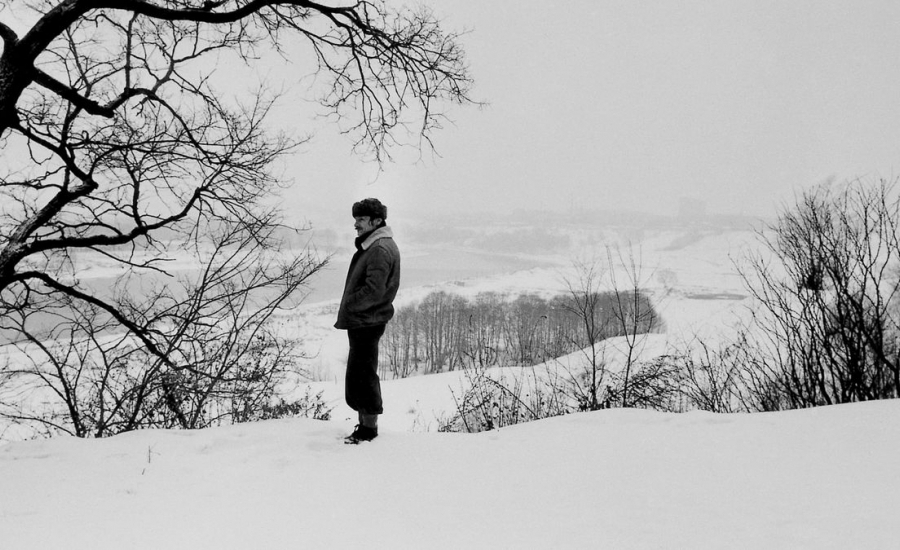24/08/2020
A filmmaker who makes a documentary about a great director always walks a fine line. The doc maker must please the cynical, die-hard enthusiast who doesn’t want another tired, retread of clips and interviews but must also provide thrills and basic context for the uninitiated.
On the surface, a non-fiction chronicle on the life of Russian movie master Andrei Tarkovsky seems like a heavy cross to bear. Until his death in 1986 at the age of 54, Tarkovky, made seven films recognized for their poetry, spirituality and a measured, dreamy pace that often gives way to intense catharsis. In the three and a half decades since his passing, Tarkovsky has been critically deified as an exemplary standard of all things cinema.
No less than half a dozen documentaries have already been made about Tarkovsky. The late essayist, Chris Marker, made the extraordinary ONE DAY IN THE LIFE OF ANDREI ARSENEVICH (1999), a one hour encapsulation of Tarkovsky’s life featuring Marker’s behind the scenes footage on the set of the director’s last completed film, THE SACRIFICE (1986). Marker’s doc was also notable for its home video material of the pale, frail Tarkovsky on his deathbed, dying of lung cancer in a Paris hospital.
The recent documentary, ANDREI TARKOVSKY. A CINEMA PRAYER, carries additional baggage. It’s directed by his son, Andrei Tarkovsky. The risk for Tarkovsky Jr. was to make an adoring hagiography, overloaded with talking head interviews with knowledge critics and experts.
But Tarkovky’s son perhaps manages to surpass all previous efforts in A CINEMA PRAYER which rightfully premiered at last year’s Venice Film Fest. Andrei’s doc relies only on audio recordings of his late father, relating his own artistic journey in an even, almost hypnotic tone. An entire semester of film school education is often contained in a single sentence. “An artist feeds on his childhood for his entire life,” intones Tarkovsky. “The traits of his childhood determine the nature of his art.”
There’s also some jaw-dropping making-of footage from Tarkovsky’s medieval epic ANDREI RUBLEV (1966) and the pre-Chernobyl dystopian STALKER (1979). But it’s in the exploration of the contemplative spaces that Tarkovsky once inhabited, in Russia, Sweden and Italy, that A CINEMA PRAYER achieves the astonishing grace and stillness that marked so much of his father’s work.
As the camera slowly probes the old fortress towns and rural landscapes, we get a glimpse at what the director saw when he looked out the window, pausing from his work as he prepared his wondrously personal MIRROR (1975) or his first film after he left the Soviet Union, NOSTALGIA (1983).
ANDREI TARKOVSKY. A CINEMA PRAYER will no doubt become a valuable addition in comprehending this unique figure whose movie legacy continues to enthrall and mystify.
ANDREI TARKOVSKY. A CINEMA PRAYER plays in the series Shadowplay: Film on Film until August 25th


